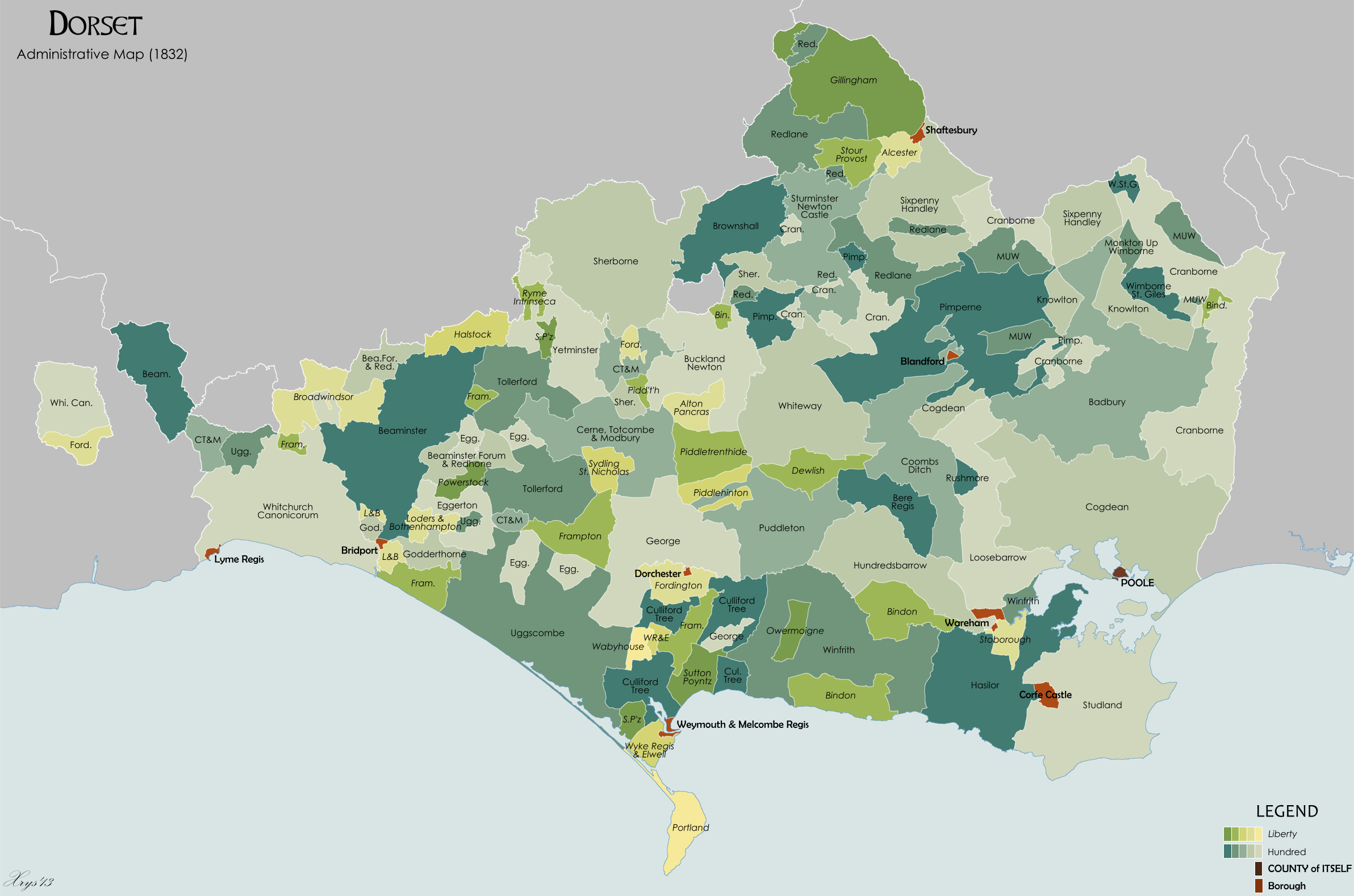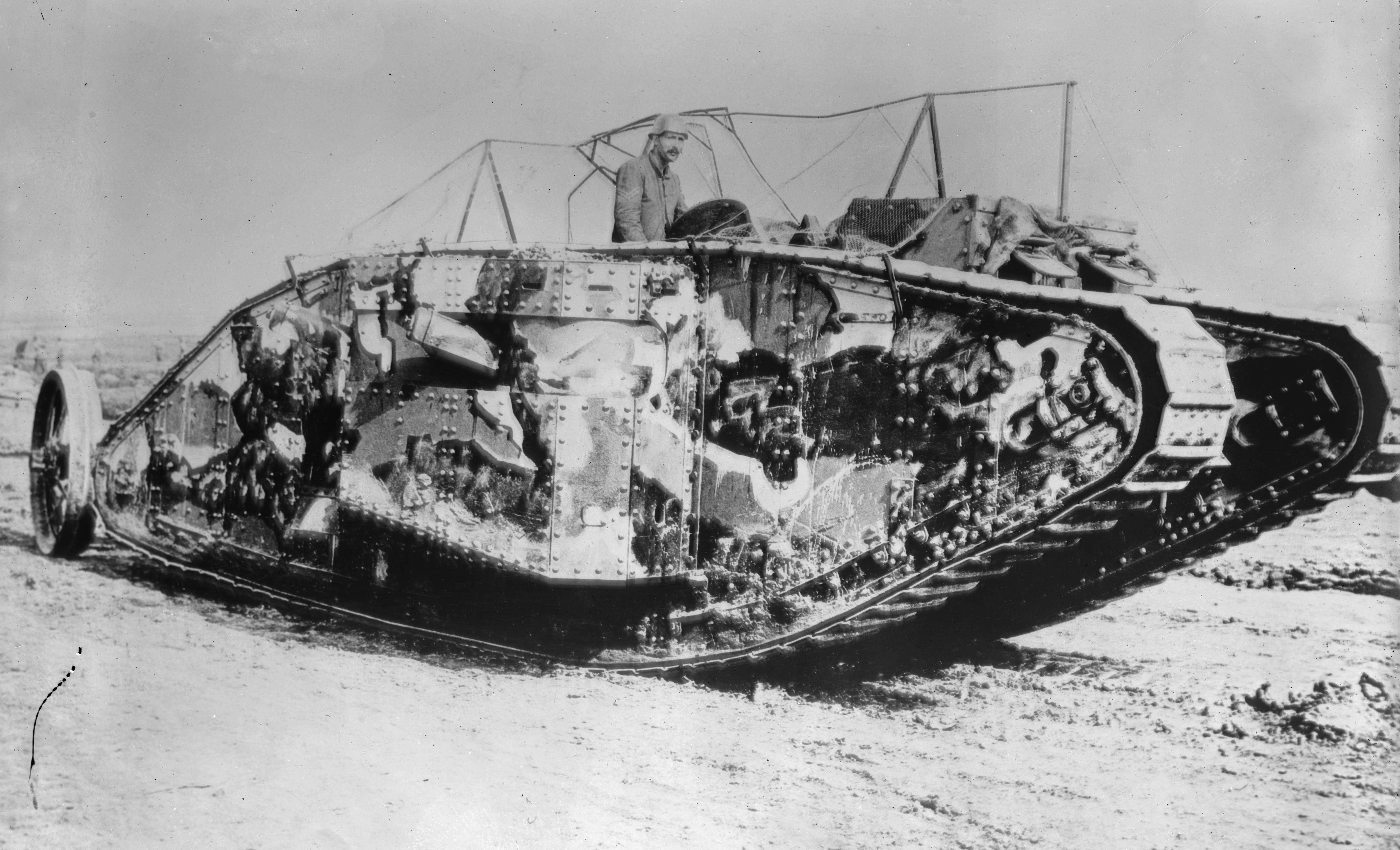|
Bindon Hill
Bindon Hill is an extensive Iron Age earthworks (engineering), earthwork enclosing a coastal hill area on the Jurassic Coast near Lulworth Cove in Dorset, England, about west of Swanage, about south west of Wareham, Dorset, Wareham, and about south east of Dorchester, Dorset, Dorchester. It is within an Area of Outstanding Natural Beauty. Hill fort The main rampart and external ditch (univallate) run for over 2 km along an east-west ridge parallel to the coast, which lies about 750 m to the south. The ridge rises to 168 m and the cliffs are 30–120 m high. At the western end, an incomplete series of ramparts curve back to the cliffs of Lulworth Cove. At the eastern end, the main rampart reaches the cliffs on the north side of Mupe Bay. The total enclosed area is about 110 hectare, ha. The enormous enclosed area, lack of evidence of settlement in the interior, and the impossibility of effectively defending such a large perimeter, all suggest it was primarily an encl ... [...More Info...] [...Related Items...] OR: [Wikipedia] [Google] [Baidu] |
Lewesdon Hill
Lewesdon Hill is a hill near Broadwindsor in west Dorset, England. With a maximum elevation of , it is the highest point in Dorset. The hill is owned and managed by the National Trust and is part of the Dorset National Landscape. Geography Lewesdon Hill stands about west of Beaminster, south of Broadwindsor, and east of another hillfort-topped eminence, Pilsdon Pen. To the south of the hill is the Marshwood Vale and to the north is the valley of the River Axe (Lyme Bay), River Axe. Lewesdon is the county top of Dorset.Muir, Johnny, ''The UK's County Tops'', Milnthorpe: Cicerone, 2011, p. 26. Its summit is an elongated ridge surrounded by beech woods. The actual summit is a low grassy mound at the east end of the ridge.''Lewesdon Hill'' at www.hill-bagging.co.uk. Retrieved 18 Jun 2017. For many years, nearby Pilsdo ... [...More Info...] [...Related Items...] OR: [Wikipedia] [Google] [Baidu] |
Hectare
The hectare (; SI symbol: ha) is a non-SI metric unit of area equal to a square with 100-metre sides (1 hm2), that is, square metres (), and is primarily used in the measurement of land. There are 100 hectares in one square kilometre. An acre is about and one hectare contains about . In 1795, when the metric system was introduced, the ''are'' was defined as 100 square metres, or one square decametre, and the hectare (" hecto-" + "are") was thus 100 ''ares'' or km2 ( square metres). When the metric system was further rationalised in 1960, resulting in the International System of Units (), the ''are'' was not included as a recognised unit. The hectare, however, remains as a non-SI unit accepted for use with the SI and whose use is "expected to continue indefinitely". Though the dekare/decare daa () and are (100 m2) are not officially "accepted for use", they are still used in some contexts. Description The hectare (), although not a unit of SI, is ... [...More Info...] [...Related Items...] OR: [Wikipedia] [Google] [Baidu] |
Hill Forts In Dorset
A hill is a landform that extends above the surrounding terrain. It often has a distinct summit, and is usually applied to peaks which are above elevation compared to the relative landmass, though not as prominent as mountains. Hills fall under the category of slope landforms. Terminology The distinction between a hill and a mountain is unclear and largely subjective, but a hill is universally considered to be not as tall, or as steep as a mountain. Geographers historically regarded mountains as hills greater than above sea level. In contrast, hillwalkers have tended to regard mountains as peaks above sea level. The ''Oxford English Dictionary'' also suggests a limit of and Whittow states "Some authorities regard eminences above as mountains, those below being referred to as hills." Today, a mountain is usually defined in the UK and Ireland as any summit at least high, while the UK government's Countryside and Rights of Way Act 2000 defined mountainous areas (for the ... [...More Info...] [...Related Items...] OR: [Wikipedia] [Google] [Baidu] |
Tourist Attractions In Dorset
Tourism is travel for pleasure, and the Commerce, commercial activity of providing and supporting such travel. World Tourism Organization, UN Tourism defines tourism more generally, in terms which go "beyond the common perception of tourism as being limited to holiday activity only", as people "travelling to and staying in places outside their usual environment for not more than one consecutive year for leisure and not less than 24 hours, business and other purposes". Tourism can be Domestic tourism, domestic (within the traveller's own country) or International tourism, international. International tourism has both incoming and outgoing implications on a country's balance of payments. Between the second half of 2008 and the end of 2009, tourism numbers declined due to a severe Economy, economic slowdown (see Great Recession) and the outbreak of the 2009 2009 flu pandemic, H1N1 influenza virus. These numbers, however, recovered until the COVID-19 pandemic put an abrupt end to th ... [...More Info...] [...Related Items...] OR: [Wikipedia] [Google] [Baidu] |
History Of Dorset
Dorset is a rural county in south west England. Its archaeology documents much of the history of southern England, from the earliest Mesolithic settlements and through the Roman, Saxon, and Medieval periods to the present. Pre-Roman The first known settlement of Dorset was by Mesolithic hunters, who returned to Britain at a time when it was still attached to Europe by a land-bridge, around 12,500 BC. The population was very small, maybe only a few thousand across the whole of Britain, and concentrated along the coast: in Dorset, such places as the Isle of Purbeck, Weymouth, Chesil Beach and Hengistbury Head, and along the Stour valley. These populations used stone tools and fire to clear some of the native oak forest for herding prey. Genetic experiments carried out on a Mesolithic skeleton from Cheddar Gorge (in the neighbouring county of Somerset) have shown that a significant part of the contemporary population of Dorset is descended from these original inhabitants of the ... [...More Info...] [...Related Items...] OR: [Wikipedia] [Google] [Baidu] |
Hills Of Dorset
This is a list of hills in Dorset. Many of these hills are important historical, archaeological and nature conservation sites, as well as popular hiking and tourist destinations in the county of Dorset in southern England. Colour key The table is colour-coded based on the classification or "listing" of the hill. The two types that occur in Dorset are Marilyn (hill), Marilyns, HuMPs and TuMPs, listings based on topographical prominence. "Prominence" correlates strongly with the subjective significance of a summit. Peaks with low prominences are either subsidiary tops of a higher summit or relatively insignificant independent summits. Peaks with high prominences tend to be the highest points around and likely to have extraordinary views. A Marilyn is a hill with a prominence of at least 150 metres or about 500 feet. A "HuMP" (the acronym comes from "Hundred Metre Prominence) is a hill with a prominence of at least 100 but less than 150 metres. In this table Marilyns are in beige an ... [...More Info...] [...Related Items...] OR: [Wikipedia] [Google] [Baidu] |
Shell (projectile)
A shell, in a modern military context, is a projectile whose payload contains an explosive, incendiary device, incendiary, or other chemical filling. Originally it was called a bombshell, but "shell" has come to be unambiguous in a military context. A shell can hold a tracer ammunition, tracer. All explosive- and incendiary-filled projectiles, particularly for mortar (weapon), mortars, were originally called ''grenades'', derived from the French language, French word for pomegranate, so called because of the similarity of shape and that the multi-seeded fruit resembles the powder-filled, fragmentizing bomb. Words cognate with ''grenade'' are still used for an artillery or mortar projectile in some European languages. Shells are usually large-caliber projectiles fired by artillery, armored fighting vehicle, armoured fighting vehicles (e.g. tanks, assault guns, and mortar carriers), warships, and autocannons. The shape is usually a cylinder (geometry), cylinder topped by an o ... [...More Info...] [...Related Items...] OR: [Wikipedia] [Google] [Baidu] |
Armoured Fighting Vehicle
An armoured fighting vehicle (British English) or armored fighting vehicle (American English) (AFV) is an armed combat vehicle protected by vehicle armour, armour, generally combining operational mobility with Offensive (military), offensive and defense (military), defensive capabilities. AFVs can be wheeled or Continuous track, tracked. Examples of AFVs are tanks, armored car (military), armoured cars, assault guns, Self-propelled artillery, self-propelled artilleries, infantry fighting vehicles (IFV), and armoured personnel carriers (APC). Armoured fighting vehicles are classified according to their characteristics and intended role on the battlefield. The classifications are not absolute; two countries may classify the same vehicle differently, and the criteria change over time. For example, relatively lightly armed armoured personnel carriers were largely superseded by infantry fighting vehicles with much heavier armament in a similar role. Successful designs are often ada ... [...More Info...] [...Related Items...] OR: [Wikipedia] [Google] [Baidu] |
Tank
A tank is an armoured fighting vehicle intended as a primary offensive weapon in front-line ground combat. Tank designs are a balance of heavy firepower, strong armour, and battlefield mobility provided by tracks and a powerful engine; their main armament is often mounted within a turret. They are a mainstay of modern 20th and 21st century ground forces and a key part of combined arms combat. Modern tanks are versatile mobile land weapons platforms whose main armament is a large- calibre tank gun mounted in a rotating gun turret, supplemented by machine guns or other ranged weapons such as anti-tank guided missiles or rocket launchers. They have heavy vehicle armour which provides protection for the crew, the vehicle's munition storage, fuel tank and propulsion systems. The use of tracks rather than wheels provides improved operational mobility which allows the tank to overcome rugged terrain and adverse conditions such as mud and ice/snow better than wheele ... [...More Info...] [...Related Items...] OR: [Wikipedia] [Google] [Baidu] |
Ministry Of Defence (United Kingdom)
The Ministry of Defence (MOD or MoD) is a Departments of the Government of the United Kingdom, ministerial department of the Government of the United Kingdom. It is responsible for implementing the defence policy set by the government and serves as the headquarters of the British Armed Forces. The MOD states that its principal objectives are to defend the United Kingdom of Great Britain and Northern Ireland and its interests and to strengthen international peace and stability. The MOD also manages day-to-day running of the armed forces, contingency planning and defence procurement. The expenditure, administration and policy of the MOD are scrutinised by the Defence Select Committee, except for Defence Intelligence which instead falls under the Intelligence and Security Committee of Parliament. History During the 1920s and 1930s, British civil servants and politicians, looking back at the performance of the state during World War I, concluded that there was a need for greater ... [...More Info...] [...Related Items...] OR: [Wikipedia] [Google] [Baidu] |
South West Coast Path
The South West Coast Path is England's longest waymarked Long-distance footpaths in the UK, long-distance footpath and a National Trail. It stretches for , running from Minehead in Somerset, along the coasts of Devon and Cornwall, to Poole Harbour in Dorset. Because it rises and falls with every river mouth, it is also one of the more challenging trails. The total height climbed has been calculated to be 114,931 ft (35,031 m), almost four times the height of Mount Everest. It has been voted 'Britain's Best Walking route' twice in a row by readers of The Ramblers' ''Walk'' magazine, and regularly features in lists of the world's best walks. The final section of the path was designated as a National Trail in 1978. Many of the landscapes which the South West Coast Path crosses have special status, either as a national parks of England and Wales, national park or one of the heritage coasts. The path passes through two World Heritage Sites: the Dorset and East Devon Coast, ... [...More Info...] [...Related Items...] OR: [Wikipedia] [Google] [Baidu] |
West Lulworth
West Lulworth is a village and Civil parishes in England, civil parish in the England, English county of Dorset, situated on the English Channel beside Lulworth Cove. In the United Kingdom Census 2011, 2011 census the civil parish—which includes most of Lulworth Camp army base—had 291 households and a population of 714. The village is a gateway to the Jurassic Coast World Heritage Site and is a popular tourist destination, especially for day trips. History In 1086 in the Domesday Book West Lulworth was not distinguished from neighbouring East Lulworth; only one settlement was recorded, called ''Luluorde'', ''Luluworde'' or ''Loloworde''. It had 38.3 households, was in Winfrith Hundred and the lord and tenant-in-chief was Aiulf the chamberlain. Despite this, East and West Lulworth may have been separate settlements at this time, and definitely were so by the end of the 13th century. The Castle Inn is one of the oldest pubs in Dorset, dating from the 16th century. Holy Trinity ... [...More Info...] [...Related Items...] OR: [Wikipedia] [Google] [Baidu] |









